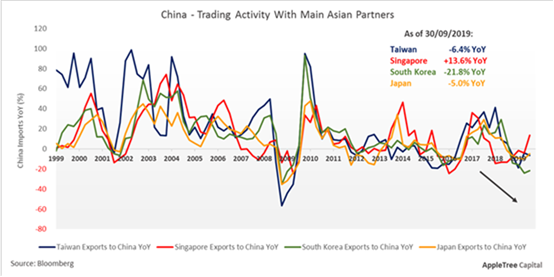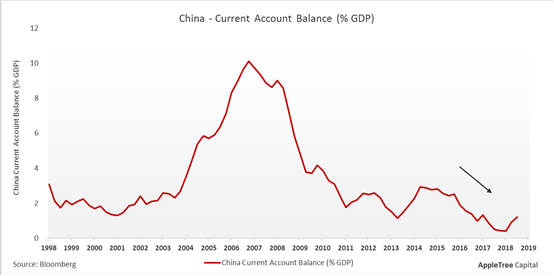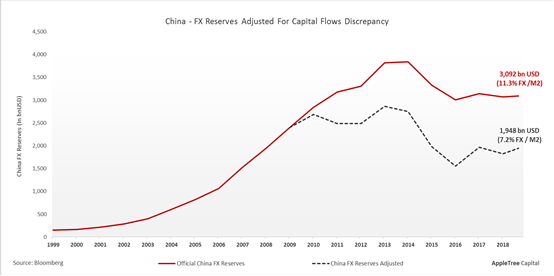What's different about China's GDP number?
Is China growing at 6% as it lets everyone else believe?
Can China come out of this without devaluing its currency?







#China’s NPLs stands at 1.81% while provisioning coverage is at 192%. If we include the sub-performing loans this figure comes to 5.0%. Given the extreme leverage,the enormous provisions imply that the real NPL ratio is much higher


Free capital movement
A fixed foreign exchange rate
An independent monetary policy
You can only have 2 at time















